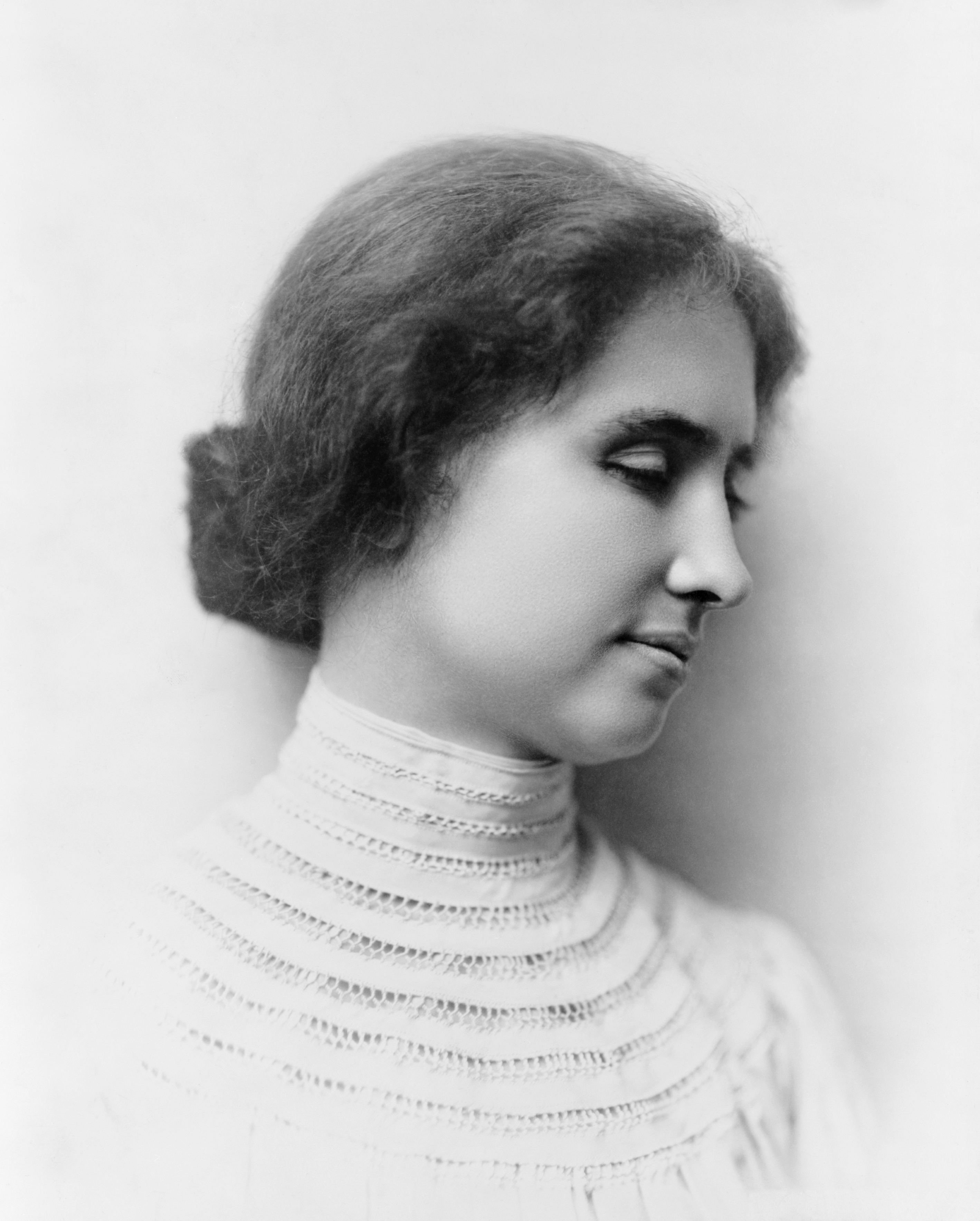On Monday October 31, 2011, 1:17 pm
By Jonathan Spicer and Nick Brown
NEW YORK (Reuters) - MF Global Holdings Ltd filed for bankruptcy protection after a tentative deal with a buyer fell apart, marking a stunning failure for CEO Jon Corzine who tried to turn the more than 200-year-old futures brokerage into a mini-Goldman Sachs.
The meltdown made MF Global the biggest U.S. casualty of the European debt crisis, as the brokerage paid the price for the former Goldman CEO's big, risky bets on sovereign debt.
The Chapter 11 bankruptcy filing came after talks to sell a variety of assets to Interactive Brokers Group Inc broke down earlier on Monday, a person familiar with the matter said.
MF Global's collapse has raised questions about whether the 64-year-old Corzine's affinity for risk-taking finally caught up to him after a career that took him to the top echelons of Wall Street and then into politics as a U.S. senator and to the New Jersey state governor's mansion.
The bankruptcy, the seventh-largest by assets in U.S. history, is reminiscent of 2008 when Lehman Brothers collapsed at the height of the financial crisis. But market participants said the impact from this collapse, far smaller, would likely be contained.
MF Global traders and counterparties were left scrambling and confused on Monday, as MF Global halted its shares, but did not file for bankruptcy until well after the U.S. markets had opened.
"Ultimately it will have lost all confidence of its investor base," said Michael Epstein, a restructuring adviser with CRG Partners. "I'm not sure what restructuring it actually does. In some respects, it's a baby Lehman, in effect."
Three traders wearing MF Global jackets were seen leaving the Chicago Board of Trade prior to the opening of pit trading and floor sources told Reuters they had been turned away after their security access cards were denied.
The New York Federal Reserve suspended MF Global from conducting new business with the central bank. CME Group Inc, IntercontinentalExchange Inc and Singapore Exchange Ltd and Singapore's central bank all halted the broker's operations in some form except for liquidations.
There was little evidence of any severe ruptures in commodity markets, although volumes were down sharply as investors said they preferred to wait for more clarity before placing new trades.
JPMorgan Chase & Co's exposure for a $1.2 billion syndicated loan to MF Global is less than $100 million, a source at the bank said.
Jeff carter, an independent futures trader in Chicago, said the impact on the markets should be smaller and nothing like when Lehman failed and hedge funds had money locked up with the firm for months.
Corzine's decision to chase yield by going after European sovereign debt was clearly ill-advised and always seemed much too risky, Carter said.
On Monday, MF Global's HR department was busy making calls withdrawing job offers it made over the past few weeks, according to a person familiar with the situation.
BANKRUPTCY FILING
MF Global scrambled through the weekend and into Monday to find buyers for all or parts of the company, while at the same time hiring restructuring and bankruptcy advisers in case nothing could be done.
The company's shares and bonds plunged in recent days. In the past week, MF Global posted a quarterly loss, its shares fell by two-thirds and its credit ratings were cut to junk.
Corzine was trying to transform MF Global from a brokerage that mainly places customers' trades on exchanges into an investment bank that bets with its own capital.
But the company was also suffering because of low interest rates, which hurt profits from core brokerage operations.
It may be easier for MF Global to work out a sale in bankruptcy than outside of it, said Bill Brandt, chief executive of Chicago-based turnaround firm Development Specialists Inc.
By filing for bankruptcy, MF Global freezes the value of its free-falling notes and gives potential suitors a clearer picture of the losses they would be taking on, Brandt said.
"If I were trying to do a deal fast, rather than sell the company itself, I'd see if I could peg the notes at a discounted price and find someone else to buy the distressed notes," Brandt said.
If a sale is in the offing, the buyer may be a European bank or sovereign government, as such entities would be particularly keen on stopping the slide and maximizing the value of the notes, Brandt said.
MF Global Finance USA Inc also filed for Chapter 11 protection, court records show. Both MF Global entities filed for protection from creditors with the U.S. bankruptcy court in Manhattan.
"The real question is how many assets will be left to transfer," said Niamh Alexander, an analyst at Keefe, Bruyette & Woods.
"Customers might move very quickly and it may be that every hour that passes shrinks the portfolio of assets that could be transferred" to a buyer, KBW's Alexander said.
MF Global's deeply distressed 6.25 percent notes maturing in 2016 fell 10.5 cents on the dollar to 39.5 cents, pushing their yield up to 31.6 percent, according to the Trace, which reports bond trades. The price had earlier fallen as low as 15 cents.
Its shares remained halted in New York.
The company hired boutique investment bank Evercore Partners Inc to help find a buyer, separate sources said this past week.
My Comments:
Well, I still am puzzled and awestuck by the way big brokerage Cos makes mistakes and put faith in someone hired from a very very reputed MF like Goldman Scahs.
If MF Global is paying the price for whom someone they hired and he bets on risky sovereign debts.Now this is the ex- Goldman Sachs honcho who wants to make MF Global another MINI Goldman Scahs then what to say ?Is it that simple?These is what is taught when one study in school of Finance and economies?
But after all whose money it is?That is why I had never invested in MF......I will take the loss of my decision but never be able to take a loss on someone else bad decision.












